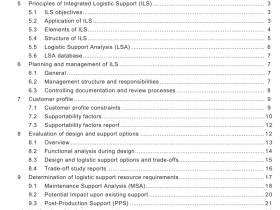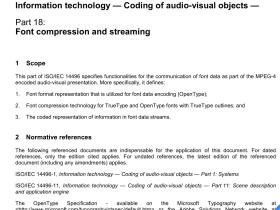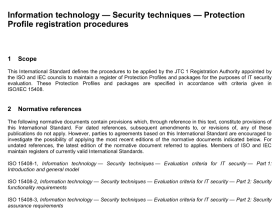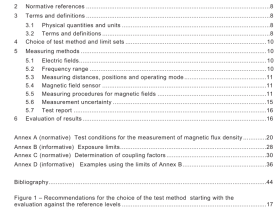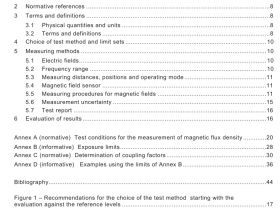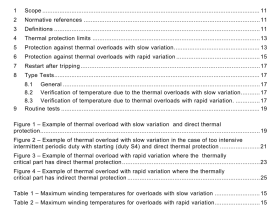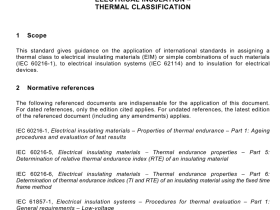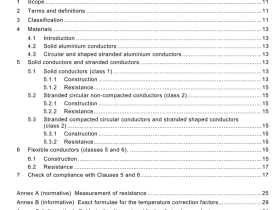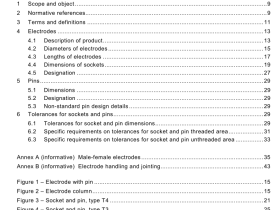IEC TR 62283 pdf download
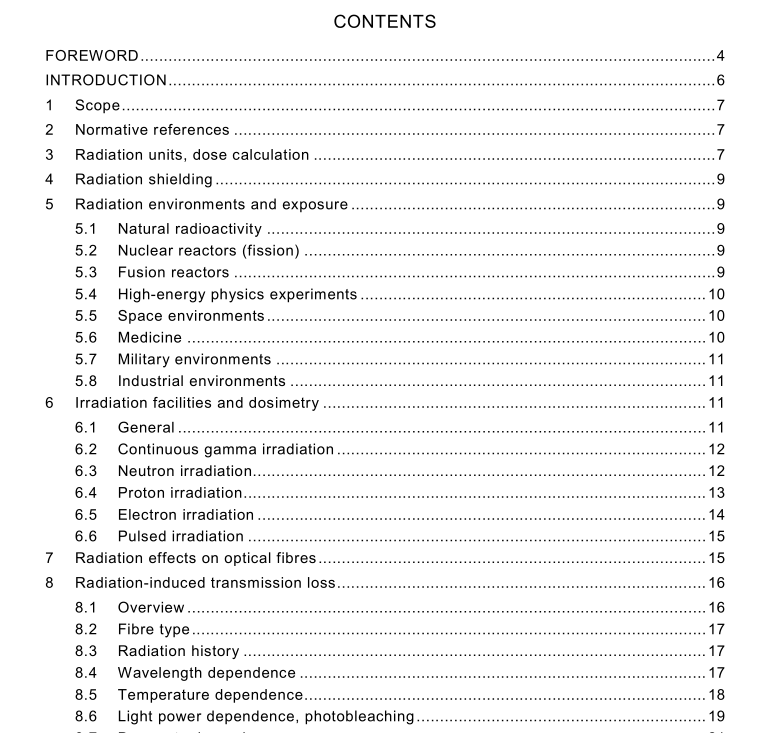
IEC TR 62283 pdf download Optical fibres – Guidance for nuclear radiation tests
1 Scope
This technical report gives a short summary of the radiation exposure in certain environments and applications and the different radiation effects on fibres. It also describes the most important radiation effect, i.e. the increase of transmission loss, and its strong dependence on a variety of fibre properties and test conditions. These dependencies need to be known in order to perform appropriate tests for each specific application as well as to understand, compare and qualify the test results obtained at different laboratories when performed according to IEC 60793-1 -54, Optical fibres – Part 1-54: Measurement methods and test procedures – Gamma irradiation.
2 Normative references
The following referenced documents are indispensable for the application of this document. For dated references, only the edition cited applies. For undated references, the latest edition of the referenced document (including any amendments) applies.
IEC 60793-1 -40, Optical fibres − Part 1- 40: Measurement methods and test procedures − Attenuation
IEC 60793-1 -46, Optical fibres − Part 1-46: Measurement methods and test procedures − Monitoring of changes in optical transmittance
IEC 60793-1 -54, Optical fibres − Part 1-54: Measurement methods and test procedures − Gamma irradiation
3 Radiation units, dose calculation
The interaction of radiation with matter depends on charge, mass and energy in the case of particle radiation (for example, electrons, protons, neutrons, alphas and heavy ions) and on energy in the case of electromagnetic radiation such as X-rays or gamma quanta. The interaction causes an energy transfer to the respective matter. This leads to ionization and warming up. Additionally structural damage in the material may occur at higher doses, leading to other effects such as changes of refractive index or mechanical properties. The higher the radiation’s energy, the stronger its penetrability and the longer its range.
The energy unit is the electron Volt (eV). Usual radiation energies in natural or technical environments range from tens of keV (medical X-rays) to several MeV (fission or fusion reactors and nuclear weapons). Current energies at high-energy physics accelerators vary depending on the type of colliding particles. The highest energy for electron-positron collisions is 1 00 GeV per beam. For proton-proton collisions the energy per beam is 1 TeV. The new “Large Hadron Collider” (LHC) at CERN uses beams with an energy of 7 TeV. In addition, there are quite a number of other accelerators which operate between these limits.
Note that these energies refer to the colliding particles. The secondary particles, i.e. the ones likely to affect fibres, have much lower energies. The energy deposited by ionizing radiation in matter is called “energy dose” (or absorbed dose).
The old unit is rad, (rd or rad); 1 rad = 1 00 erg/g (1 erg = 1 0 −7 J) but should not be used anymore. The SI unit is the Gray [Gy]; 1 Gy = 1 J/kg = 1 00 rad.
